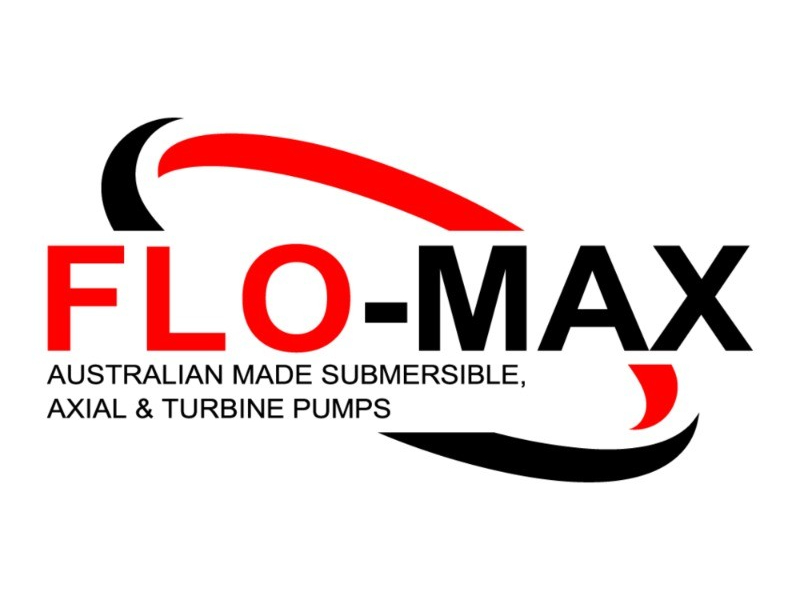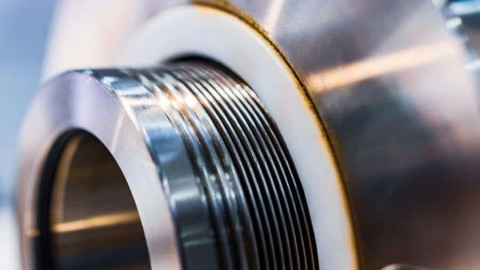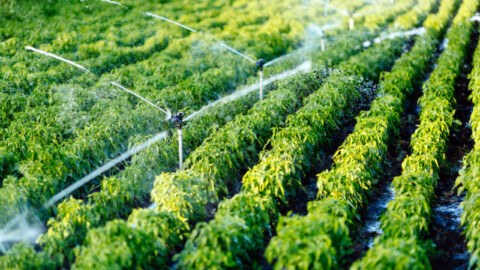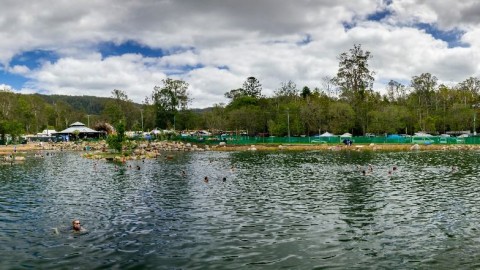In this Queensland Farmers Federation case study, a 100-hectare citrus farm in the Mundubbera region installed variable speed controls and a solar photovoltaic system as part of an irrigation upgrade that saw a 54 per cent saving in energy.

The farm sources water for irrigation from an underground aquifer. Citrus trees are irrigated using sprinklers beside each tree, and the areas are divided into zones with water supply controlled by an irrigation management system, which can be adjusted according to the season and weather conditions.
The farm uses drip and micro irrigation, and submersible pumps. Electricity consumption onsite is driven mainly by the irrigation pumping, packaging operations, and refrigeration cold rooms, which are used from April to October.
The irrigation system comprises:
>> Two 45kW bore pumps that supply water to the irrigation system and are located 66m below ground level
>> A third smaller bore pump of 5.5kW used to supply water to the packing shed and controlled by a variable speed drive (VSD)
An energy audit of the site evaluated the installation of variable speed controls and a solar photovoltaic (PV) system. Of the energy-saving opportunities evaluated, two initiatives were identified, which the owner has since implemented, along with other measures to realise energy savings of greater than 50 per cent and a payback period of approximately 4.8 years.
The energy audit included recommendations to install VSDs on the two 45kW irrigation pumps, that were run with the discharge throttled to provide the correct pressure to the irrigation sprinklers.
Therefore, there was an opportunity to reduce energy use by slowing down the pumps using VSDs as an alternative to throttling. In fact, the farm replaced the two 45kW pumps with 37kW pumps, further adding to savings when combined with the VSDs.
Another initiative recommended was to install a 30kW solar PV system on the packing shed to offset a large amount of the site’s energy usage during the day, and to review the tariff pricing structure for the pump electricity accounts to realise savings of over $1900 per annum.
The owner subsequently implemented the VSDs on the two bore pumps and replaced high bay lighting and fluorescent tubes in the packing shed with new energy efficient LEDs. The owner also installed an 82.8kW solar PV system on the packing shed, reducing the number of points of supply to maximise the benefit received from electricity generated.
The farmer said implementation of these energy-saving initiatives resulted in energy consumption avoidance of over 170MWh during the baseline season. This equated to energy savings of 82kWh per tonne of fruit production.
The farmer indicated it was helpful to have the information needed to make informed decisions and said, “Once I had all the information, we went ahead with implementing the recommendations. Before installing our variable speed drives, we had to irrigate all three blocks to get rid of the pressure. Now we can just do one or two as required.”
The project was part of the Irrigators Energy Savers Program, funded by the Queensland Department of Agriculture and Fisheries.

This case study was originally published by Queensland Farmers Federation. To view more irrigation and energy saving case studies, visit www.qff.org.au/energysavers.
















